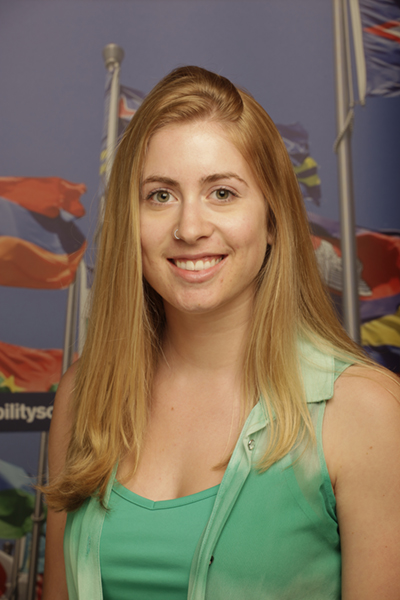The wild Amazon
By Allison Miller
There’s only one day left in Brazil and I’m sad to see this journey come to a close. The last week was spent traveling to Santarem, where we boarded the Don Giuseppe for our five-day boat trip. We traveled down the Tapajos River, an estuary of the Amazon River, and visited three indigenous communities. These communities proved to be an essential component of the Amazon forest being protected. They have been allotted to stay on the land and work with the land instead of just taking from the land and their culture resides much in area which makes them a primary representative of the Amazon forest. Isolated from much of civilization they earn their livelihoods from fishing, growing crops, harvesting honey, making crafts, etc. Without a living and healthy environment these people would become completely detached from all they’ve grown to know.
In response to the need to maintain the forest, we also went to visit a sustainable timber extraction site. In contrast of illegal logging, which makes up 90% of all timber exports in Brazil, Floresta Nacional do Tapajos extracts timber according to Brazilian law. The community business runs based on the needs of the forest instead of the demand for timber. Their land is divided into 32 areas based on the knowledge that it takes 32 years for the forest to rebuild itself and they only take select trees from each area so that from a human’s perspective the forest looks virtually untouched. Their method of extraction doesn’t promote deforestation or diffraction which allows for no biodiversity to be lost and also provides income for the local community for their well sought after resources.



